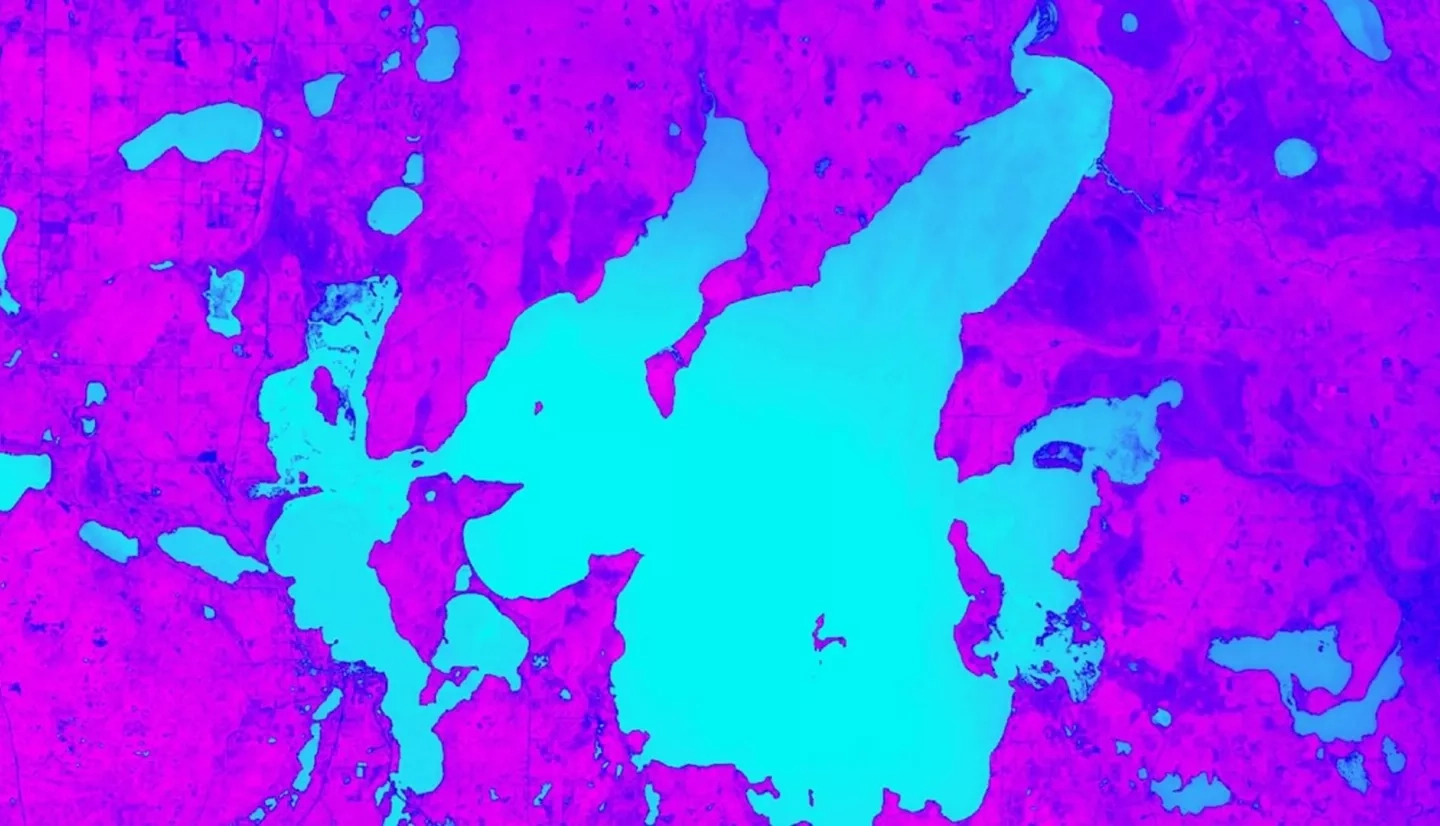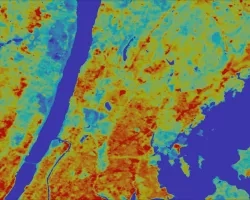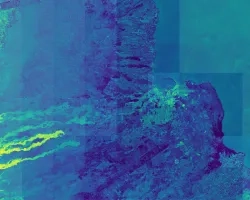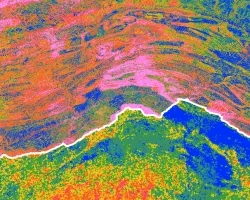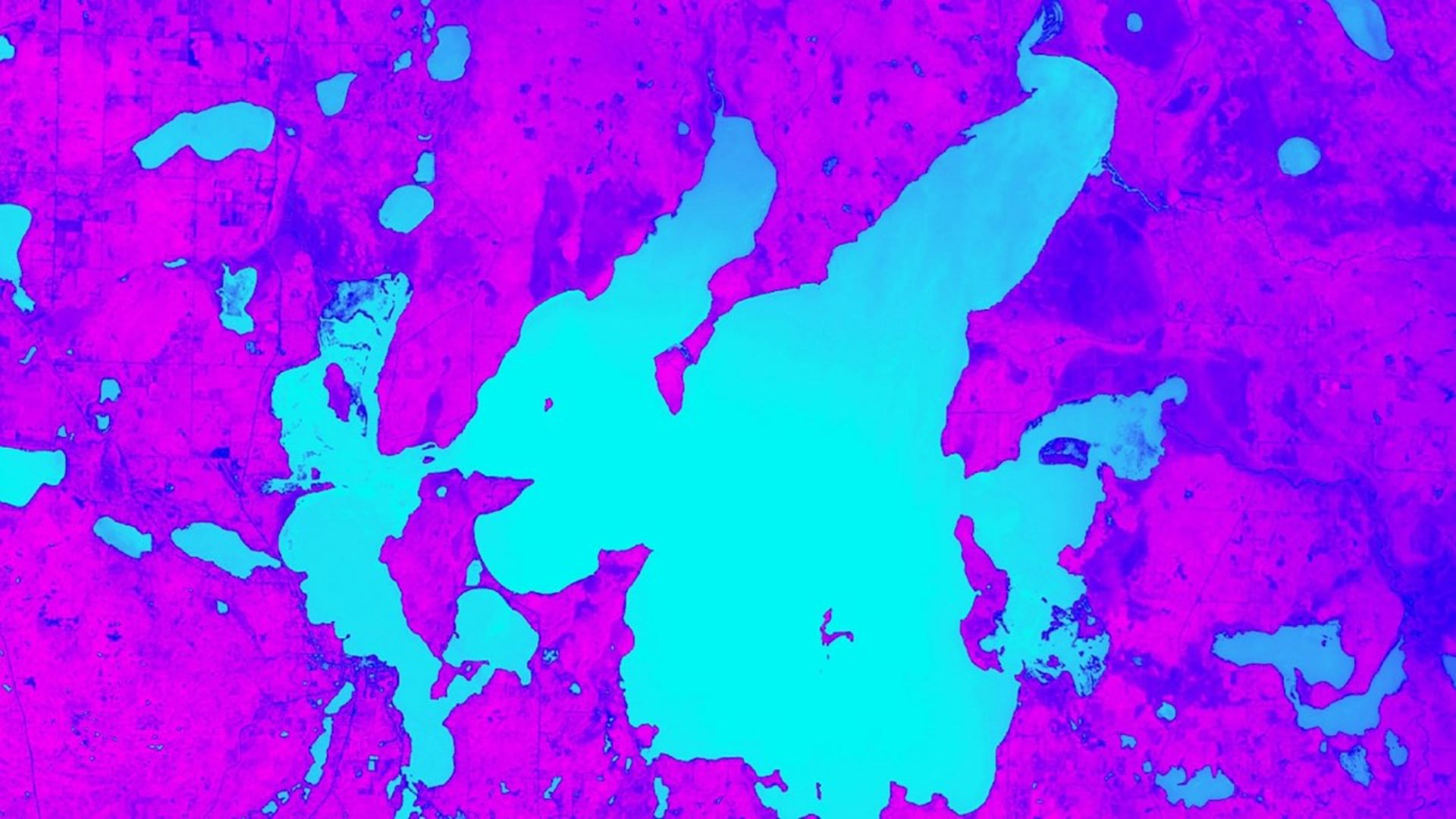
Northern wild rice (Zizania palustris L.) and Texas wild rice (Zizania texana) provide valuable ecosystem services, food sources, economic development, and cultural resources to local populations in Minnesota and Texas. Research on crop wild relatives, wild plants closely related to cultivated plants, is imperative to understanding gene flow and genetic diversity of harvested species. The United States Department of Agriculture (USDA) Agricultural Research Service (ARS) is responsible for conserving the genetic diversity of valuable species, such as wild rice. However, this organization lacks insight to the geographic distribution of Zizania populations. NASA Earth observations, including Landsat 5 Thematic Mapper, Landsat 8 Operational Land Imager and the Shuttle Radar Topography Mission version 3 were used to create models to detect wild rice presence. The team provided partners at the USDA ARS with distribution maps for northern wild rice and Texas wild rice populations in 2005 and 2015. Partners at USDA ARS will apply the end products to effectively enable strategic ecological planning, and better target field collections for species conservation.
